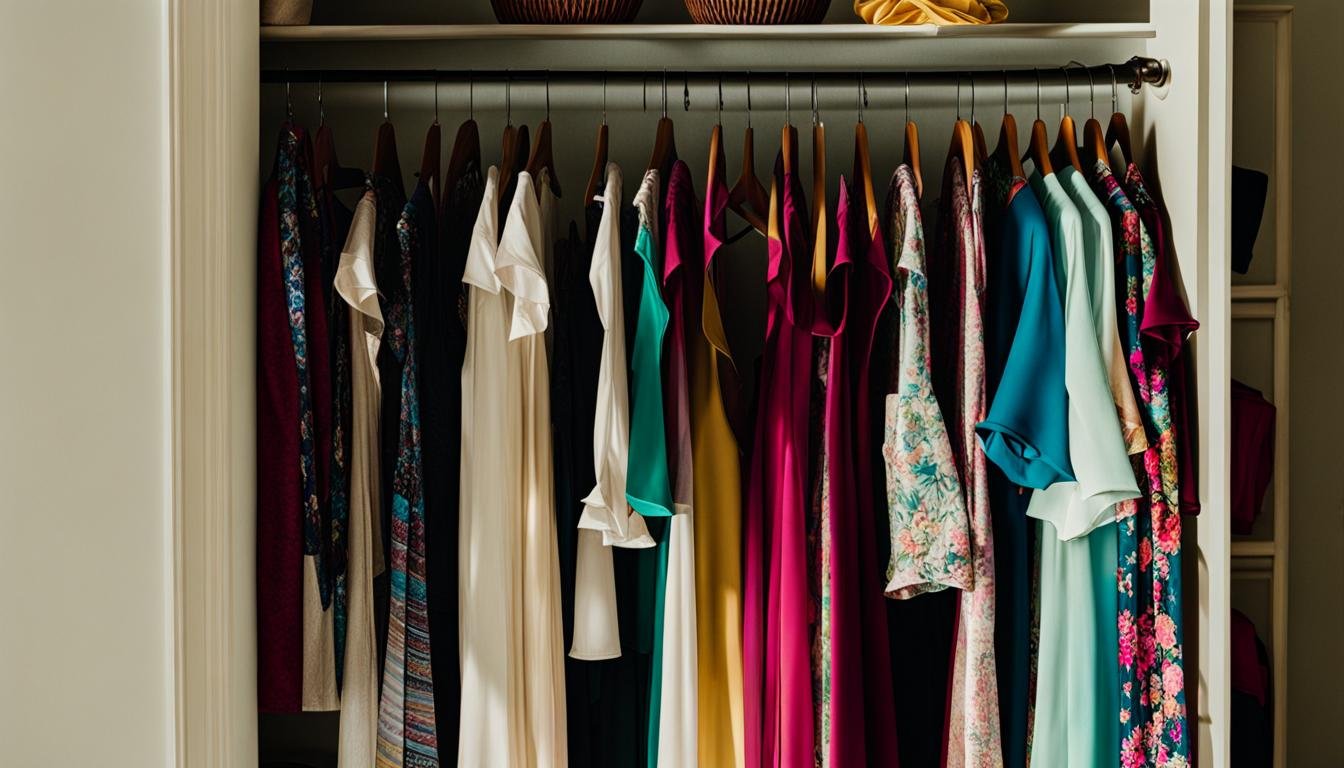Sustainable Fabrics 101 - Tencel
We’ve addressed the importance of fabric-choice in sustainable fashion in this post, but an additional component to this natural vs synthetic fibers conversation is the innovation of new fibers. In the past decade or so, we’ve seen an increased presence of new and innovative man-made fibers that aim to provide an alternative to common synthetics like polyester and nylon. These fabrics, while still synthetic, do a better job of addressing the plastic pollution that results from the use of petroleum-based fibers, and aim to close the loop on the issue regarding recyclability.
TENCEL® is an innovative, lightweight, and versatile fabric that works especially for hot summer days. This article will explore this increasingly popular fabric and its role in sustainable fashion.
What is Tencel?
Tencel is the brand name for lyocell and modal fabrics created by Lenzing AG, an Austrian company. Lyocell is a semi-synthetic fabric that is derived from wood pulp and modal fabric is a semi-synthetic fabric made from beech tree pulp.
Production Details:
TENCEL is created with a closed-loop production process that transforms wood pulp into cellulosic fibers. The pulp is dissolved in a solvent and then through a unique spinning process, the pulp is broken down into individual fibers. This mixture is then pushed through small holes to form threads that are chemically bonded and then spun into yarn or woven into cloth. The solvent used in this process is recovered at a high rate (more than 99 percent) and the spinning process that creates these fibers utilizes recycled process water. According to Lenzing, Tencel lyocell and modal fabrics are fully compostable and biodegradable.
Certifications:
USDA BioPreferred®
Compostable and biodegradable certification by Belgium company Vincotte
Significantly lower in environmental impact by the EU Ecolabel
Production process awarded “The Technology Award for Sustainable Development” by the European Commission
Fabric Characteristics:
Tencel is a breathable and absorbent fabric. Its lightweight and soft characteristics make it a great alternative for synthetics in the creation of activewear, undergarments, and even in casual-wear.
Do you own anything created in this fabric yet? What are your thoughts about the quality and function of it in comparison to conventional synthetic fabrics?
G










